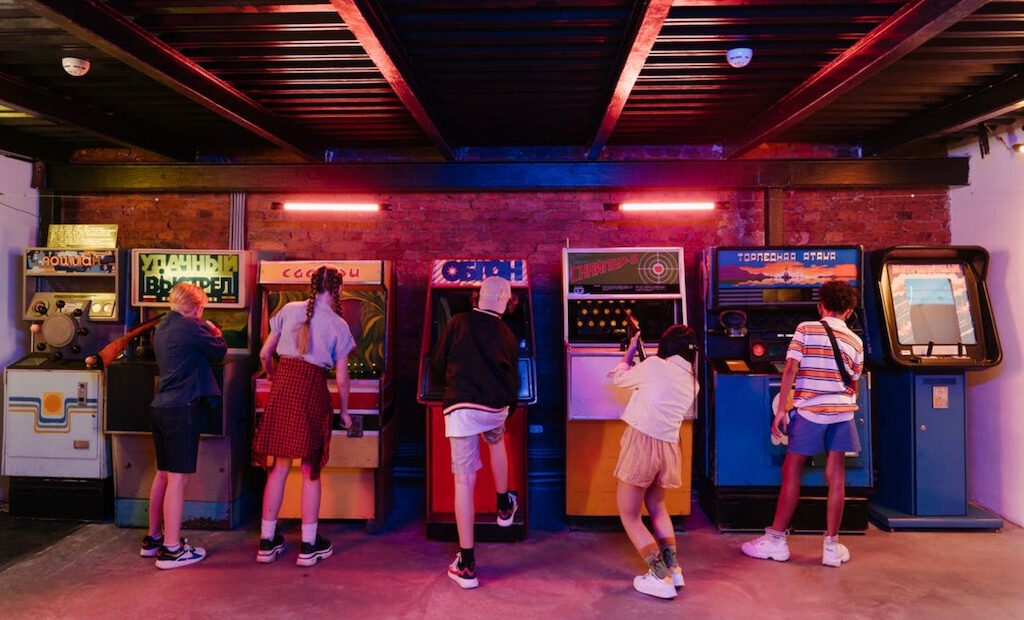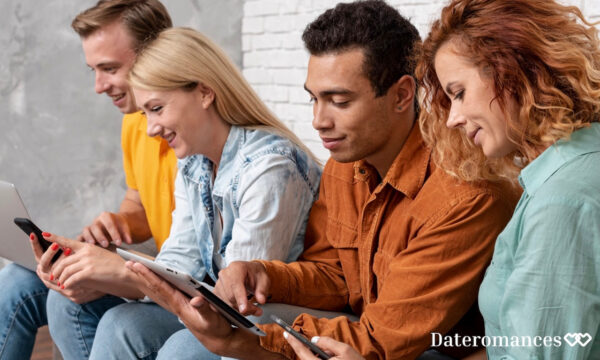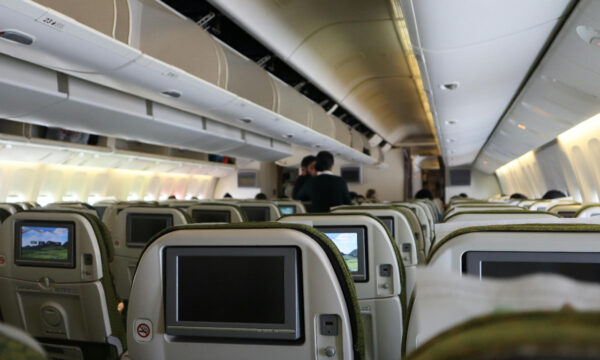80s arcade nostalgia: A new obsession

To gaming fans of a certain age, there is something magical about the sound of coins being pushed into a game machine, the feel of an arcade joystick, the rattle of dozens of buttons being mashed at the same time, and the bleeps, screeches and explosions that made 80s game arcades such a cacophony of fun. This nostalgia for the glories of 80s arcades has led to the remarkable phenomenon of retro arcade venues being created all over the US, making it possible to relive a simpler time when kids would spend their allowances in trying to get the new high score on their favourite game!
At the same time, the thrills of old-school gaming have featured across a range of movies and TV shows, including Ready Player One, Wreck-It Ralph and Stranger Things. This attachment to the old games of the 80s is remarkable, considering the advances that have been made in gaming and online technology since. These days, an incredible array of games can be downloaded at the click of a button. The range of home entertainment systems in the last 20 years has become truly staggering – even fans of traditionally in-person entertainment don’t have to leave their homes.
The reason for this increasing attraction to the early years of gaming’s popularity may lie in the psychological effects of nostalgia and the yearning for community. For many, these games represent an important part of childhood. They were also the basis for early forms of gaming community, far removed from the anonymous and sometimes toxic gamer communities of today. Someone playing a game well in one of the arcades would often find a crowd gathering as they levelled up. The games were a perfect medium for bonding and the forming of social links.
Even in the early days of home gaming, these titles were usually played by more than one gamer, emphasising the social links and shared camaraderie that came with multiplayer gaming. The nostalgia for the social aspect of 80s arcade gaming may be enhanced by the fact that, as gaming developed in the 90s, but before the advent of online gaming, playing video games became a solitary experience, lacking that important social dynamic.
It has become evident that we can expect this trend of arcade nostalgia to continue resurrecting some of the classics of the gaming genre.
Pac-Man (1980)
The iconic arcade game was created in 1980 by developer Namco and published outside Japan by Midway Games. Like most of the classic games, it has a simple basis: a player controls the Pac-Man character, a yellow circle, which has to eat the dots in a virtual maze while at the same time avoiding four ghosts.
The main character can also turn the tables on the ghosts by eating one of four flashing dots, which enables the ghosts to be eaten. A staple of every arcade around the world, Pac-Man has become a gaming and cultural phenomenon.
Super Mario Bros (1983)
Best known as a Nintendo home gaming system title, Super Mario Bros was originally created as an arcade game. It was created by Shigeru Miyamoto and Nintendo head engineer Gunpei Yokoi.
The game stars stereotypical Italian-American plumber Mario and his brother Luigi, who have to fend off creatures, which rise up from the sewers, by kicking them away. The game was a hit on its release and has since become one of the most iconic of all video games.
Frogger (1981)
First published as an arcade game by Konami and Sega, Frogger was one of the simplest of the 1980s classic arcade games, based around the idea of guiding frogs safely over roads and rivers. The game was wildly successful and has been the source of many sequels.
In fact, by 2005, it had sold more than 20 million copies around the world. It has also featured across a range of media, including TV, notably forming the centrepiece of an episode of Seinfeld.
Donkey Kong (1981)
Unquestionably one of the most successful and popular games of all time, Donkey Kong was launched by Nintendo in 1981. It was one of several attempts by the Japanese games developers to break into the North American market.
It was developed by Shigeru Miyamoto, who drew on characters from Beauty and the Beast, King Kong and Popeye, together with engineer Gunpei Yokoi.
The game involved guiding a character (who was later developed into Mario) through a construction site to save a princess, who later evolved into Princess Peach, another important character from the Mario franchise.
The editorial unit
























Facebook
Twitter
Instagram
YouTube
RSS